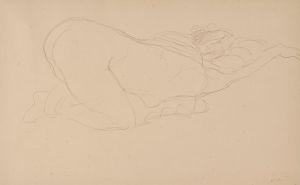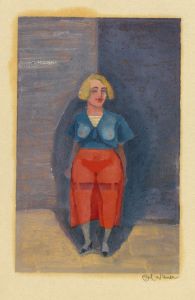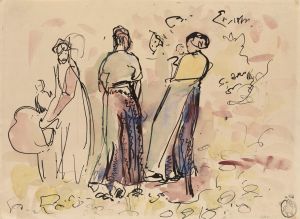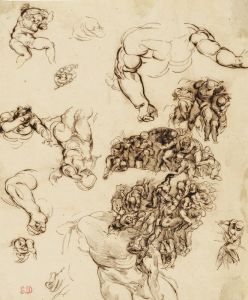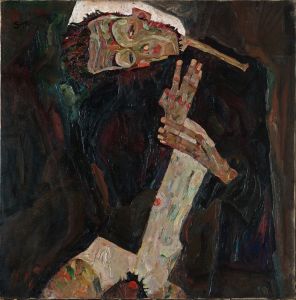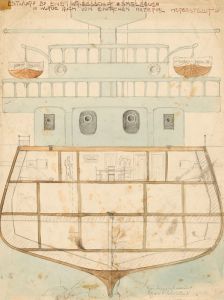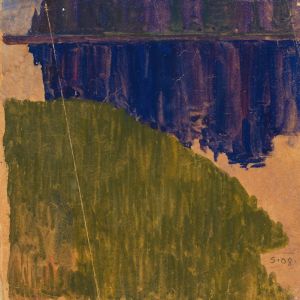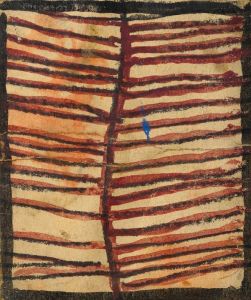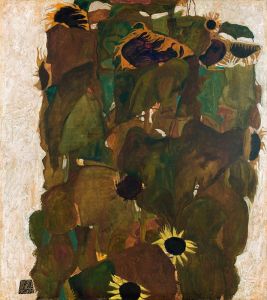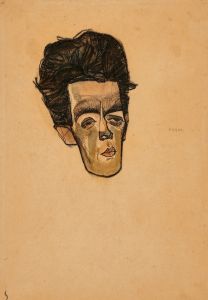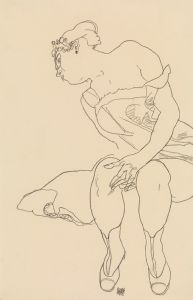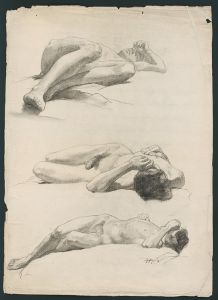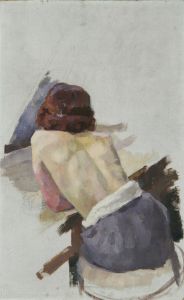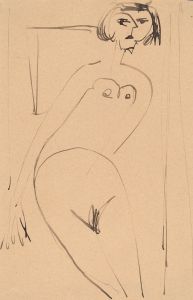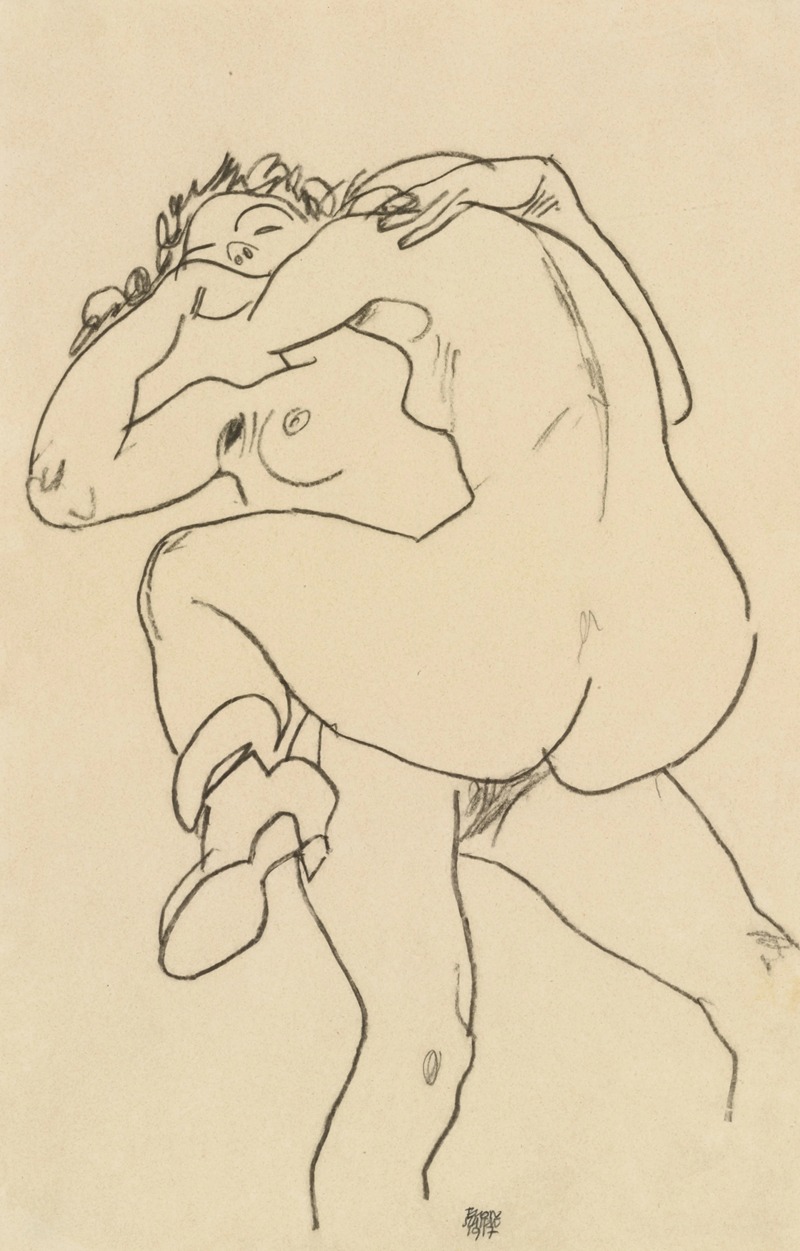
Zwei Freundinnen
A hand-painted replica of Egon Schiele’s masterpiece Zwei Freundinnen, meticulously crafted by professional artists to capture the true essence of the original. Each piece is created with museum-quality canvas and rare mineral pigments, carefully painted by experienced artists with delicate brushstrokes and rich, layered colors to perfectly recreate the texture of the original artwork. Unlike machine-printed reproductions, this hand-painted version brings the painting to life, infused with the artist’s emotions and skill in every stroke. Whether for personal collection or home decoration, it instantly elevates the artistic atmosphere of any space.
Egon Schiele, an Austrian painter known for his distinctive style and provocative subject matter, created the artwork "Zwei Freundinnen" (Two Friends) in 1915. Schiele was a prominent figure in the early 20th-century Austrian art scene and is often associated with the Expressionist movement. His work is characterized by its raw emotional intensity, bold lines, and often erotic themes.
"Zwei Freundinnen" is a notable example of Schiele's exploration of human relationships and the human form. The painting depicts two women in a close, intimate embrace, a subject that Schiele frequently revisited in his work. The figures are rendered with Schiele's signature style, featuring elongated limbs and exaggerated poses that convey a sense of tension and vulnerability. The use of stark, contrasting colors and the emphasis on the contours of the bodies highlight the emotional connection between the two figures.
Schiele's work often challenged societal norms and conventions, and "Zwei Freundinnen" is no exception. The painting's depiction of female intimacy was considered provocative at the time, reflecting Schiele's interest in exploring themes of sexuality and identity. His portrayal of the human body was often seen as controversial, pushing the boundaries of what was considered acceptable in art during the early 20th century.
The historical context of "Zwei Freundinnen" is significant, as it was created during a tumultuous period in European history. The year 1915 was marked by the ongoing devastation of World War I, which had a profound impact on artists and intellectuals of the time. Schiele himself was conscripted into the Austrian army, and his experiences during the war influenced his artistic output. Despite the challenges of the era, Schiele continued to produce work that was both innovative and deeply personal.
Egon Schiele's career was tragically cut short when he died in 1918 at the age of 28, a victim of the Spanish flu pandemic. Despite his brief life, Schiele left behind a significant body of work that has continued to influence artists and captivate audiences. His paintings, including "Zwei Freundinnen," are celebrated for their emotional depth and their ability to convey complex human experiences.
Today, Schiele's work is held in high regard, and his paintings are featured in major art collections around the world. "Zwei Freundinnen" is an important piece within Schiele's oeuvre, exemplifying his unique approach to portraiture and his fearless exploration of human intimacy. The painting remains a testament to Schiele's artistic vision and his enduring impact on the world of art.





